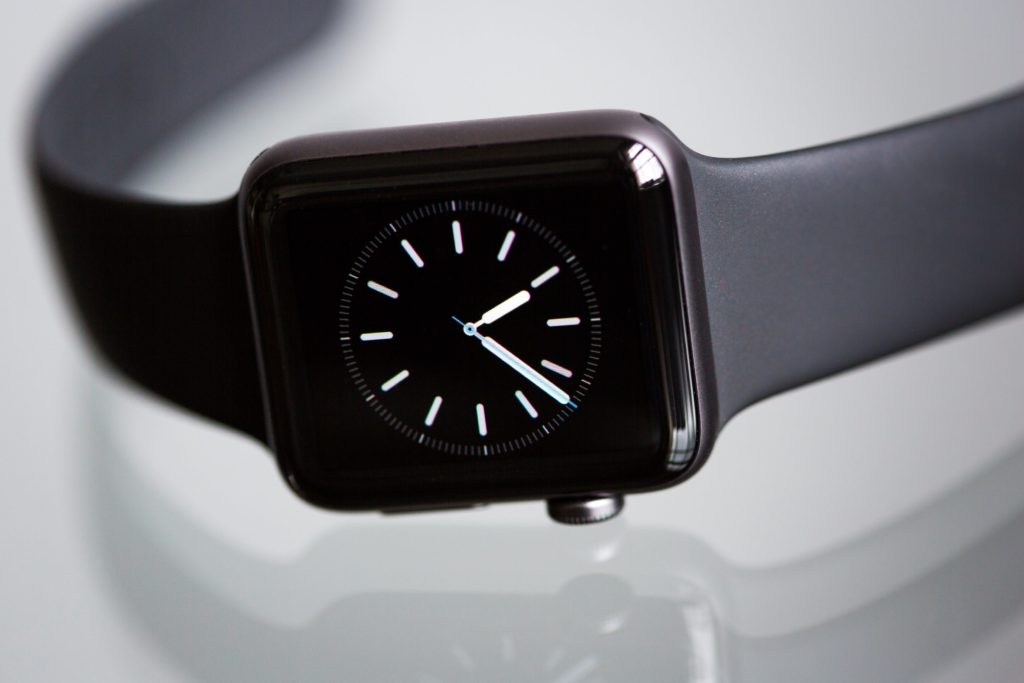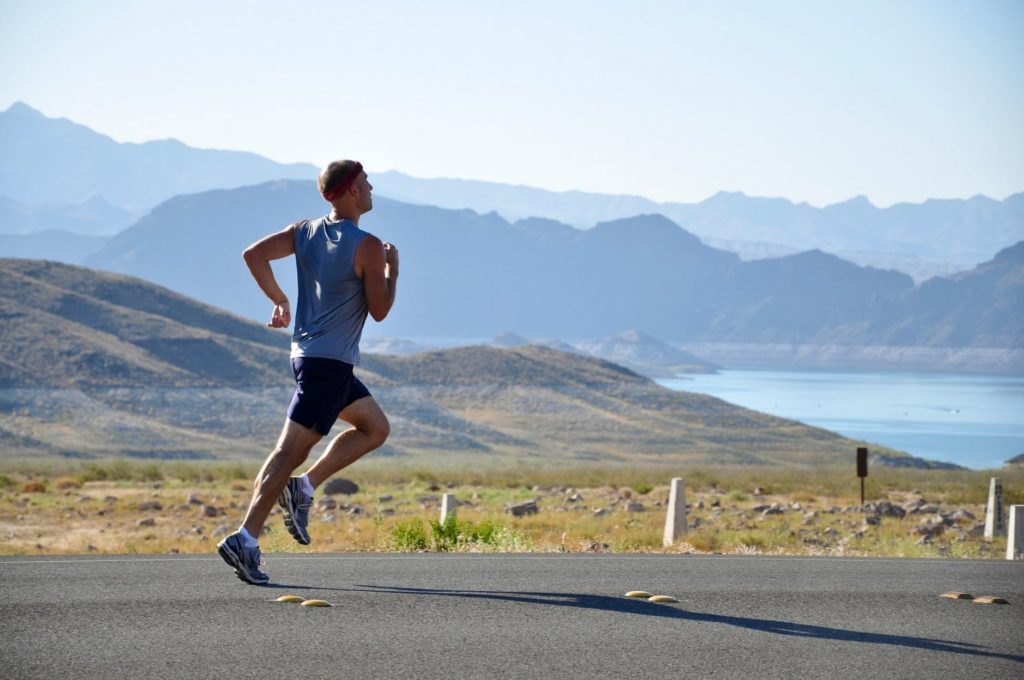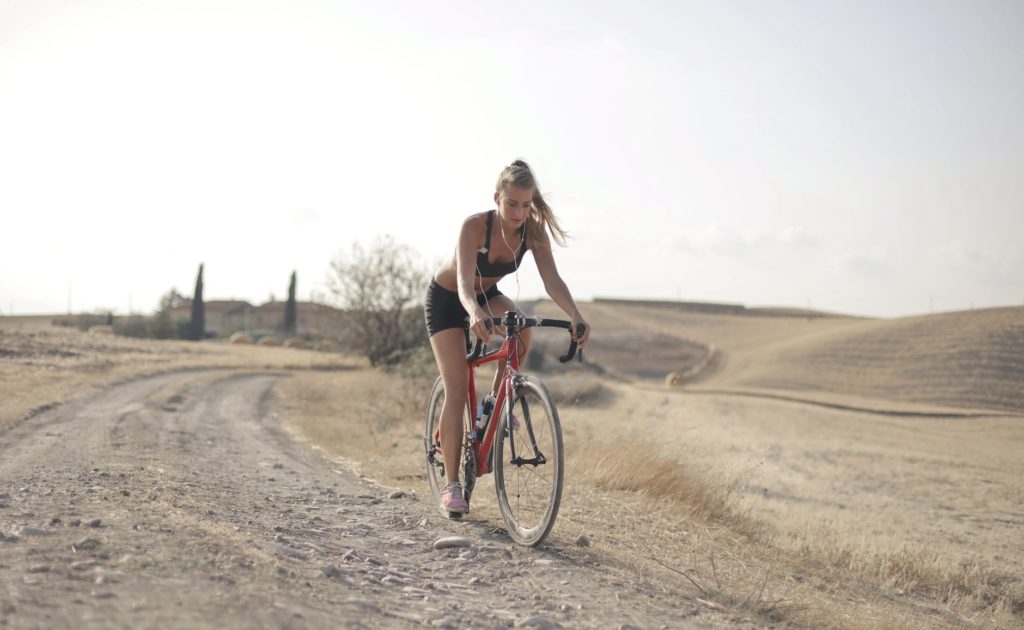In the third session Tracking Progress and Injury Prevention, David and Melvin shared some tips to help the process of each. Kick starting the session, Melvin shared about his initial days without a GPS watch and also how you can track your progress in this period.

#1 Decrease in Timing (Time)
While you run the same route around your neighborhood, you can track your progress by noting the amount of time you take. Time is a classic indicator of progress and covering the same distance in a shorter amount of time is a clear mark of progress.
#2 Covering More Distance in the Same Time (Distance)
For people who run the same routes or different routes, you can take note of how much you covered in the same timing. For instance in a 30 minutes frame, you could only cover a certain distance but after a while, you realize you’re covering more ground within that same time frame. That would be another mark of progress.
#3 Lowered Heart Rate (Heart Rate)
Lowered heart rate is another marker of adaptation and being able to execute it with less effort. For example, if you run 10 km and three weeks later, you notice your heart rate is lower, it is an indication of your body being more capable of performing that activity.
#4 Rate of Perceived Exertion (Perceived Effort)
The previous three are measurable but this one factor is what you feel while running. Take a scale of 1 to 10 perhaps, with 1 being super comfortable at ease and 10 being super difficult, challenging. So maybe a 10 km run was originally 8 for you but it becomes 5 after some time.
Following up on that, David spoke about personal injuries he has sustained and how you can handle your injury. He mentioned three common injuries, runner’s knee, achilles tendonitis and plantar fasciitis.
You should do injury identification and check whether it is your Shoes, Running Form and/or Training Program that caused the injury.

If you’re suffering from an injury, you should check the shoes you are wearing. Perhaps your shoe has the wrong fit that is inappropriate for high impact runs. With regards to your running form, are you pushing off too strong on one side? Do you have too high oscillations that are causing your injury? Is your training program appropriate for your current status? Perhaps you should tone down the intensity if your body cannot handle it.
Take cues from your body, lower the intensity if you feel the strain in your body.
David shared an experience of ignoring a cue from his body and eventually had to take 3 months of break because of an injury of his left knee. In hindsight, he believed he should have taken a step back and actually water down the intensity of exercises. He built up his core during his recovery time and he believes perhaps his body was not ready for the intensity of his training then.
I experience aches and pain closer to the race. What should I do in this case?
David recommends lowering down the intensity or volume or both. He also suggested going for a sports massage. On the other hand, Melvin advises looking at your training block. He believes it could be a build-up from training. For instance, if this happens often, perhaps you should take a break in-between training blocks to give your body a chance to rest.

In the past, we could swim as a form of giving the body a rest after a long run. Now that it is more difficult to cross-train, how do we manage this and injuries?
Melvin recommends home-based workouts like static exercises (those that doesn’t have jumps or one legged exercises if they take too much load), he mentioned doing hurdles that he made himself during this circuit breaker period. He suggested cycling or going for a softer surface like nature trails or going up a hill.
Join the actual session for more insights and more anecdotes from David and Melvin. This week’s session is on Getting Motivated, a hot topic on everyone’s mind especially during this period. Make sure you sign up, see you at 8 pm on 4th June!






Comment (0)